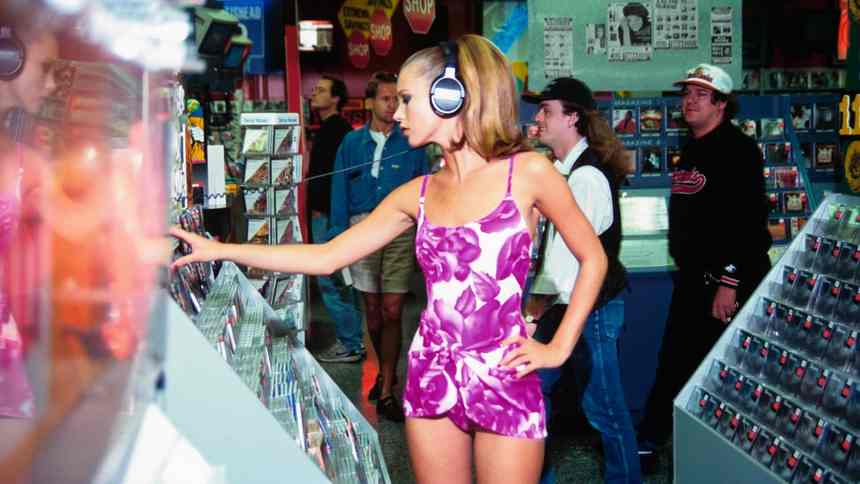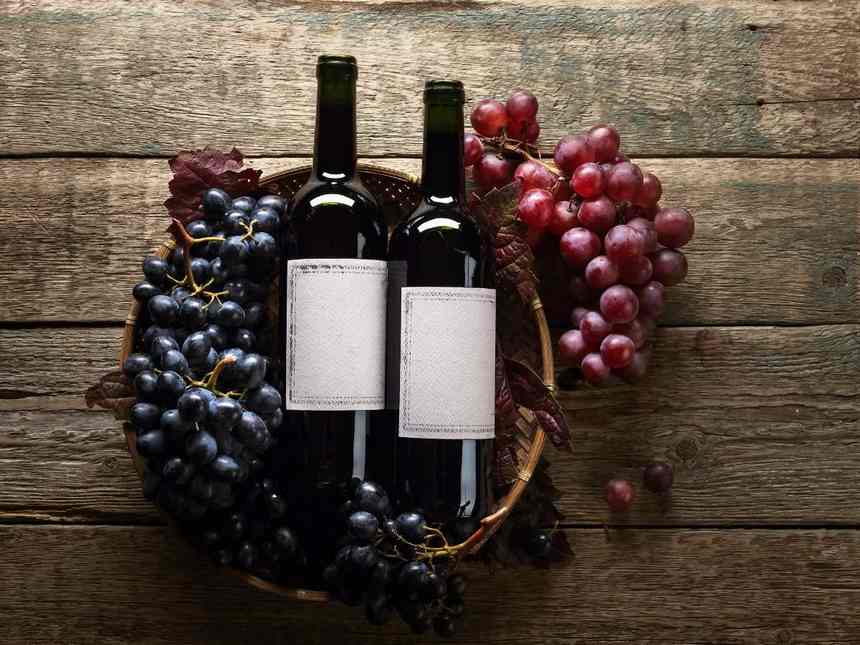The French and Italians have long cultivated the art of apéro and aperitivo, respectively, kicking off the night with friends at a local bar with a light, refreshing libation. And Americans have followed suit, hoisting drinks at the five o'clock cocktail hour. But what does it mean when someone offers you an aperitif? Here, we outline the range of drinks that can be considered aperitifs and explain the delightful tradition of enjoying one.
Related: Vermouth Explained
What Is an Aperitif?
An aperitif can refer to many types of alcoholic drinks, but it's generally a light, low-proof beverage that's oftentimes dry, bitter, or sparkling—or even all three—and enjoyed before a meal. Aperitif liquors or fortified wines, like Amer Picon, Campari, Aperol, Dubonnet, Lillet, sherry, and vermouth, can be sipped solo or used as the foundation for aperitif cocktails, including a Negroni Sbagliato, a lighter riff on the booze-heavy Negroni, an Aperol Spritz, an Americano, or an Italian Corpse Reviver.
More Than a Drink
"I consider aperitif a social moment with a lower alcohol beverage to open your belly and encourage conversation," says Ashley Santoro, partner in the New York City wine shop Leisir Wine and the consulting firm Sacred Table Studio. "The bitterness and acidity awaken and cleanse your palate." An aperitif also rouses your digestive tract, says Bianca Miraglia, founder of Uncouth Vermouth, a sustainable, hyper-local vermouth brand based in Hudson Valley, New York. "It should communicate with your body that it is allowed to relax, accept food, and exit stress."
Then and Now
We've all heard about the aperitif's power to prime our taste buds for the meal to follow. The word aperitif stems from the Latin aperire, which means "to open." Its provenance, however, is murkier. "That's a topic of debate," says Santoro. "Both Italy and France have long rooted histories in the production of vermouth, wine, and regional aperitif liqueurs commonly used in classic cocktails."
Thirteenth-century Catalan alchemist and astrologer, Arnold de Vila Nova, was one early innovator, penning The Boke of Wine, the first book about flavored alcohol. He credited elixirs made with distilled wine, herbs, and spices as having curative and restorative properties. Many 16th-century aperitifs were concocted with herbs, spices, leaves, roots, and other aromatic plants. And let's not forget vermouth's role in aperitif history. "Commercially made vermouth, for the most part, is a mimic of the first factory made brand, based on a formula made by Antonio Benedetto Carpano in the 1700s," says Miraglia. Vermouth's origin story, she points out, doesn't begin with this Turin, Italy-based herbalist. "Aromatized wines are over 8,000 years old. Just like any good recreational drug, it started as medicinal food." Ancient aromatized wine, she says, used artemisia vulgaris, or mugwort, as the base plant.
Today, both the drink and the tradition of the aperitif hour, surge on. And yes, beer and wine are welcome at the aperitif party. "Think lighter beer, cider, or sparkling wine and sherry with the addition of vermouth, amaro, or gentian liqueurs such as Bonal or Suze," Santoro says. "There are no strict rules or guidelines."










